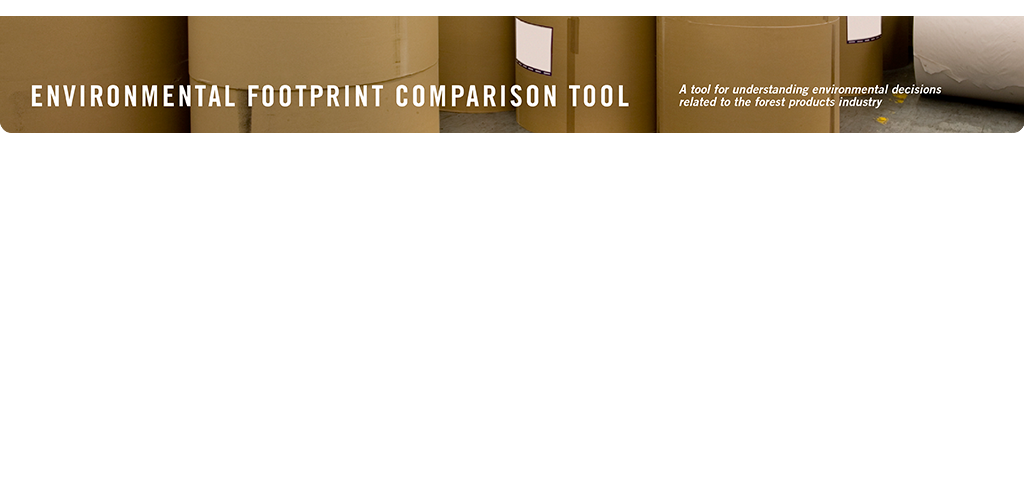
In general, recycling reduces the amount of total municipal solid waste but increases the amount of solid
waste from paper manufacturing itself. Overall, however, recycling tends to reduce life cycle solid waste
loads. The solid waste-related benefits of recycling are paper grade-dependent. Assessments of the impacts of recycling on solid waste should address impacts on a) municipal solid
waste generation, b) wastes from manufacturing, and c) the options for managing solid wastes.
A major U.S. study of all solid waste generated through the life cycle suggests that recycling results in
lowered solid waste across the range of all grades of paper and paperboard.
When looking at solid waste from paper manufacturing itself, recycling can result in equal or larger
amounts of solid waste compared to virgin mills making the same products.
When considering these aspects in the context of comparing recycled and virgin fiber, note that trade-offs
undertaken at an individual mill site ultimately have cascading effects through the overall industry�s fiber
cycle. Given that the recycled and virgin fiber cycles are inherently interrelated, shifts in
environmental aspects due to changes in the usage of one fiber type versus another result in shifts
elsewhere in the fiber cycle. Life cycle assessment (LCA) is a tool that can help examine these
interactions. LCA, particularly in the context of looking at the manufacturing of recycled versus virgin fiber
pulp, is discussed in NCASI Technical Bulletin No. 1003.
Follow the links to the right for more information.

More information:
Municipal solid waste
Wastes from manufacturing
Managing solid wastes
Life cycle results for one major U.S. study
- WATER
- ENERGY
- GREENHOUSE GASES
- CHLORINATED COMPOUNDS
- WOOD USE
- ODOR
- EMISSIONS TO AIR
- DISCHARGE TO WATER
- SOLID WASTE
- Lowgrid10
- Lowgrid11
- Lowgrid12
- Lowgrid13
- Lowgrid15
- Lowgrid16
- Lowgrid17
- Lowgrid18
- Lowgrid19
- Lowgrid20
- Lowgrid21
- Lowgrid22
- Lowgrid24
- Lowgrid25
- Lowgrid26
- Lowgrid27
- Lowgrid28
- Lowgrid29
- Lowgrid30
- Lowgrid31
- Lowgrid32
- Lowgrid33
- Lowgrid34
- Lowgrid35
- Lowgrid36
- Lowgrid37
